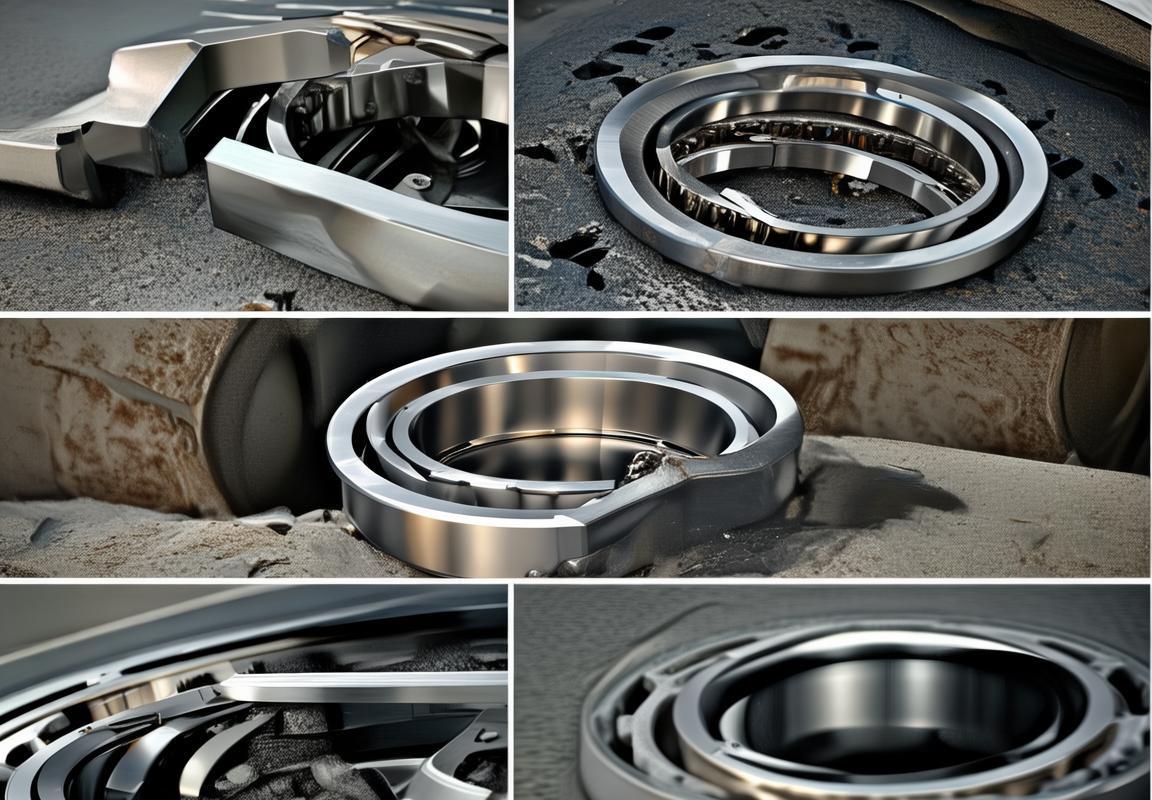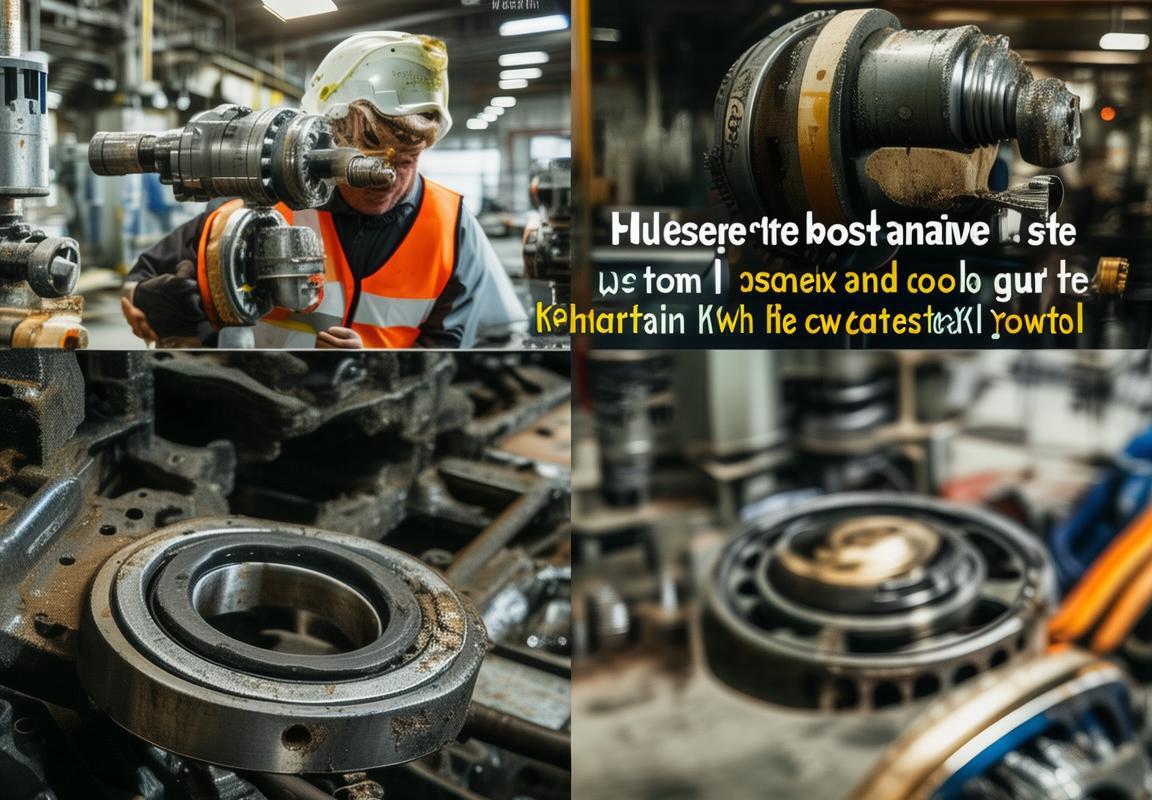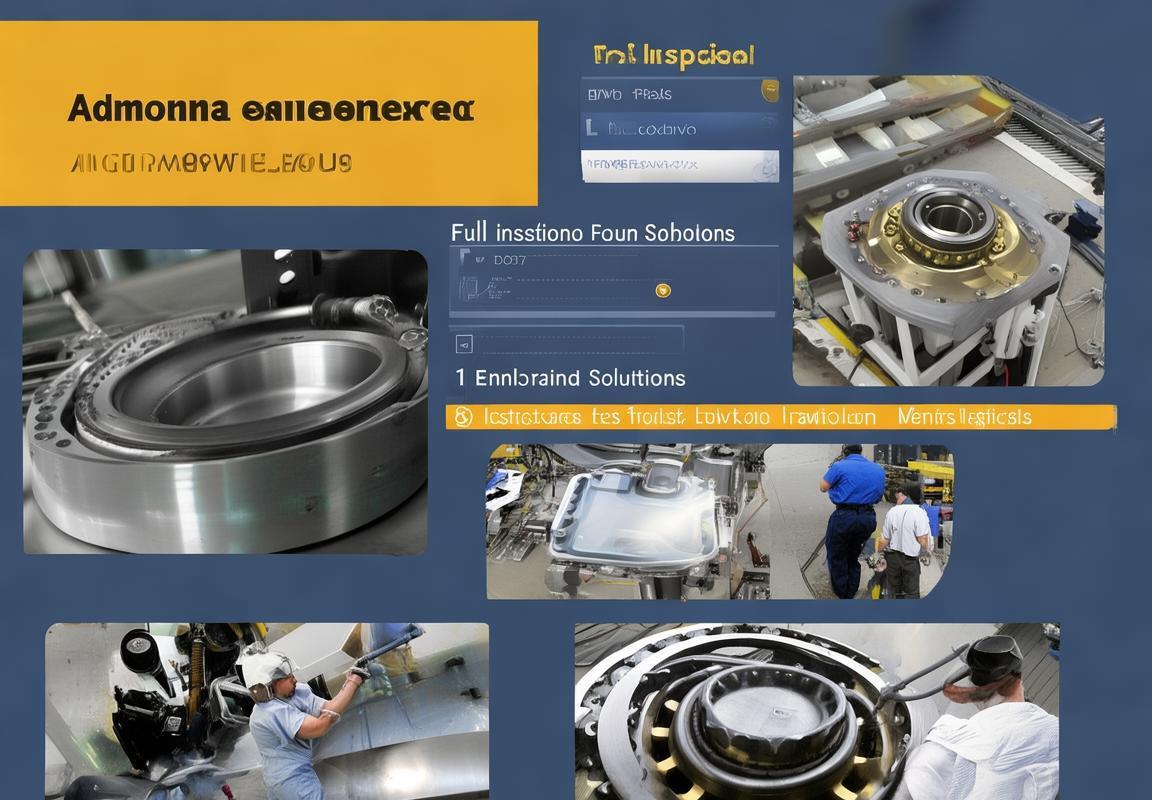1. When Replacing Bearings Can Solve the Problem
1.1 Bearing Quality Issues
If the bearing itself has manufacturing defects, such as rough rolling surfaces, improper clearance, or deformed cages, replacing it with a high-quality bearing can effectively solve the issue.
1.2 Improper Installation Causing Damage
Improper installation methods, like hammering or misalignment, can damage the bearing and cause abnormal noise. Replacing the bearing and ensuring proper installation can fix this.
1.3 Bearing Wear and Aging
Over time, bearings wear out or fatigue. If inspections confirm severe wear or damage, replacement becomes necessary.

2. When Replacing Bearings Cannot Solve the Problem
2.1 Installation Process Issues
If improper installation methods repeatedly damage bearings, simply replacing them won’t fix the underlying problem.
2.2 Issues with Bearing Housing or Shaft Components
Out-of-tolerance bearing housings or shafts can cause persistent noise. Minor deviations may show temporary improvement, but severe ones require more than just a new bearing.
2.3 Lubrication Problems
Poor lubrication — whether due to insufficient, degraded, or incorrect grease — can continue causing noise even after replacing the bearing.
2.4 Other Mechanical Component Issues
Sometimes, the noise comes from other mechanical parts like worn gears, loose housings, or spindle issues. A full system check is essential.

3. Potential Issues Caused by Blindly Replacing Bearings
3.1 Failure to Address the Root Cause
If the noise originates from geometric tolerances, poor lubrication, or loose parts, simply replacing the bearing won’t help.
3.2 Increased Costs and Downtime
Unnecessary replacements raise maintenance costs and extend downtime. If the problem persists, further troubleshooting adds to the expense.
3.3 Cause New Problems
Poor-quality replacements or improper installation can create new issues, leading to more failures.
3.4 Concealing the True Trouble Spot
Replacing bearings without finding the true cause may temporarily hide the issue, making future diagnosis harder.

4. The Right Approach to Resolving Abnormal Bearing Noise
4.1 Comprehensive Inspection
Conduct a full inspection — including bearings, installation methods, lubrication, and other mechanical components — to identify the root cause.
4.2 Targeted Solutions
Based on inspection results, apply targeted solutions:
- If the bearing is faulty, replace it.
- Improve installation methods if they are causing damage.
- Optimize lubrication and replace degraded grease.
- Repair or replace other faulty components.
4.3 Preventive Maintenance
Regular inspections, timely lubrication, and precise installation help prevent abnormal noise and extend equipment life.

5. Conclusion
Abnormal bearing noise is a complex issue. Replacing the bearing may seem like an easy fix, but it’s often not enough. A comprehensive approach — including thorough inspection, targeted solutions, and preventive maintenance — is essential for long-term results. Blindly replacing bearings can lead to new issues and increased costs. Identifying and solving the root cause is the key to maintaining equipment performance and reliability.
